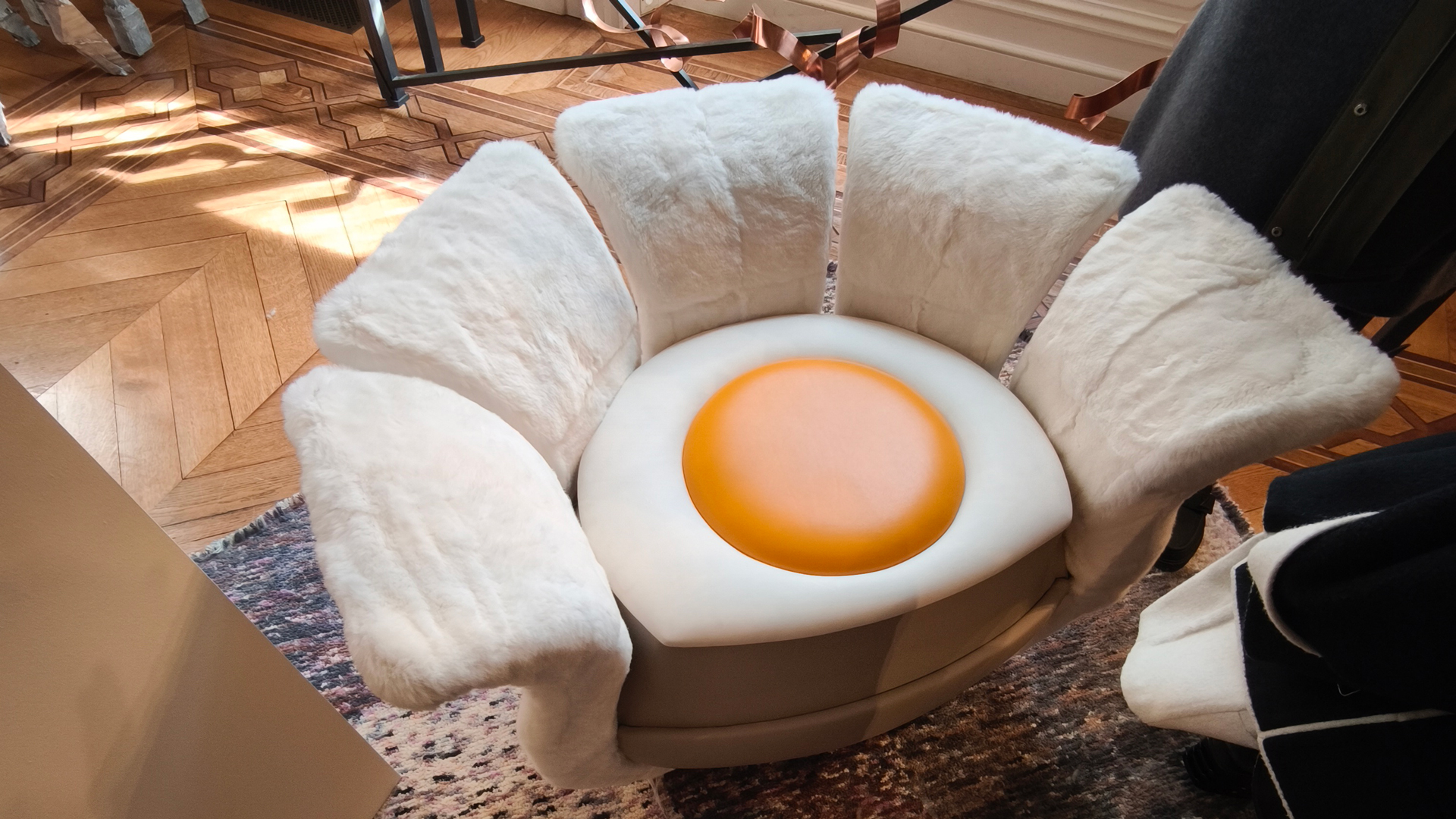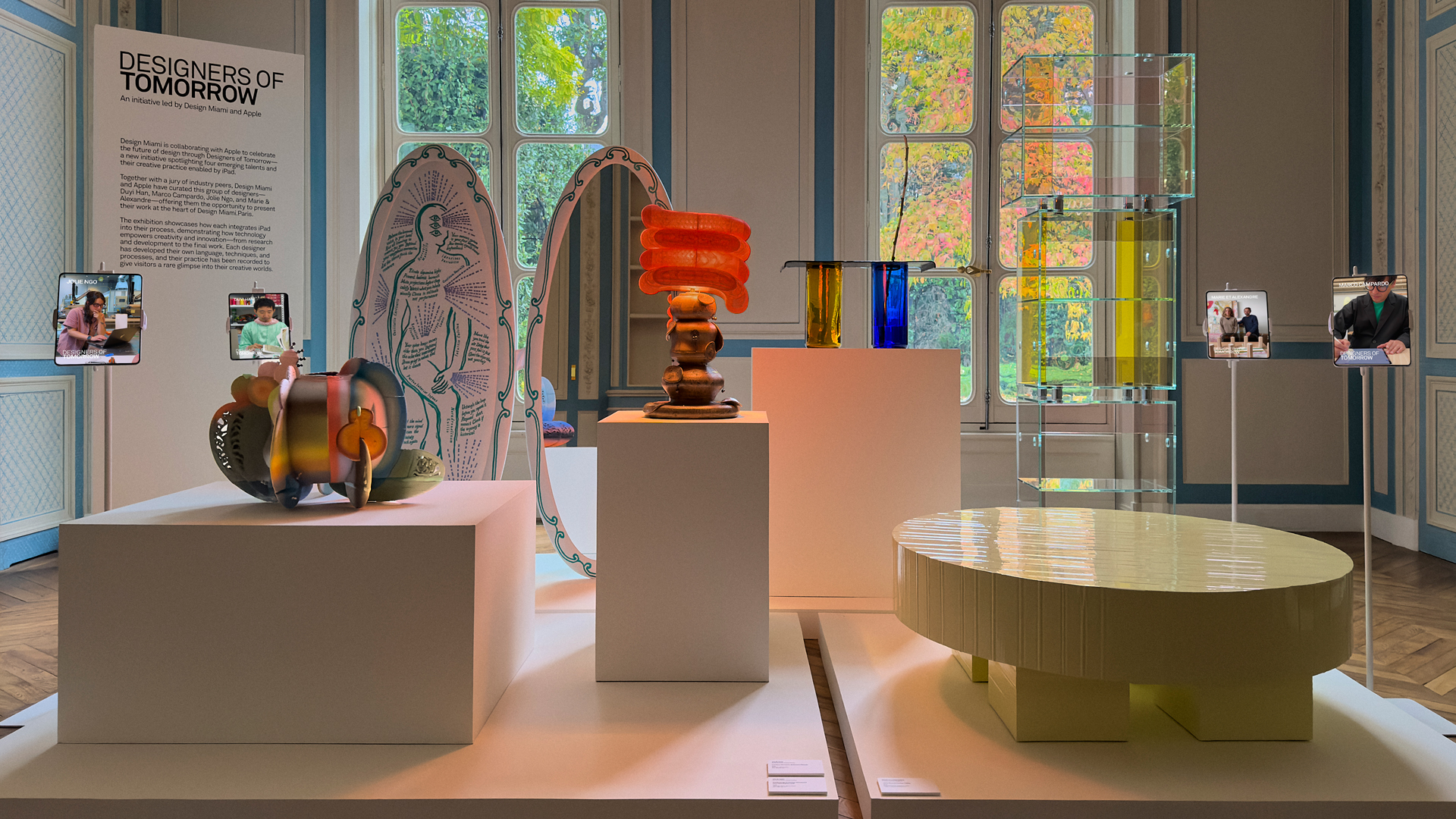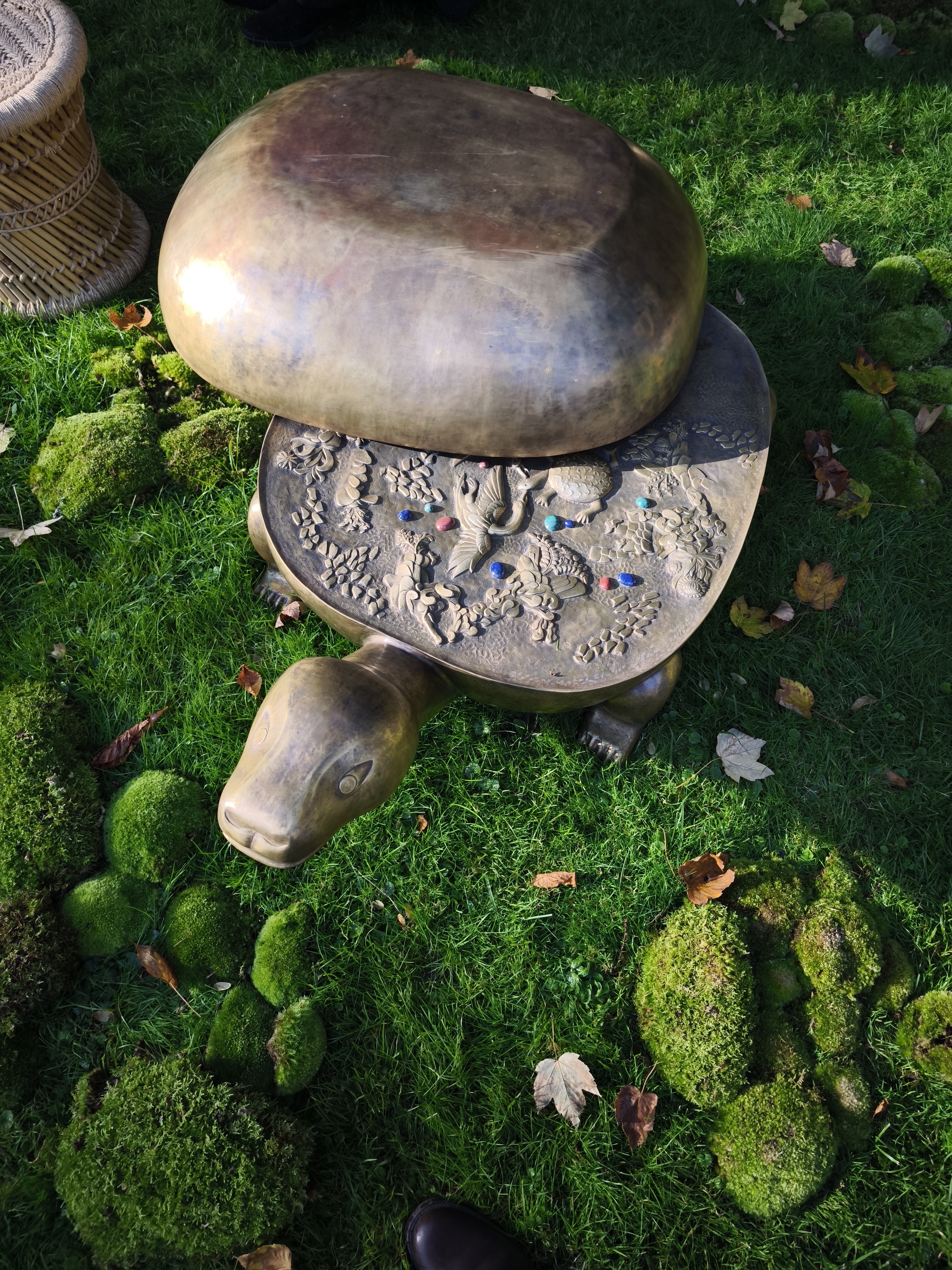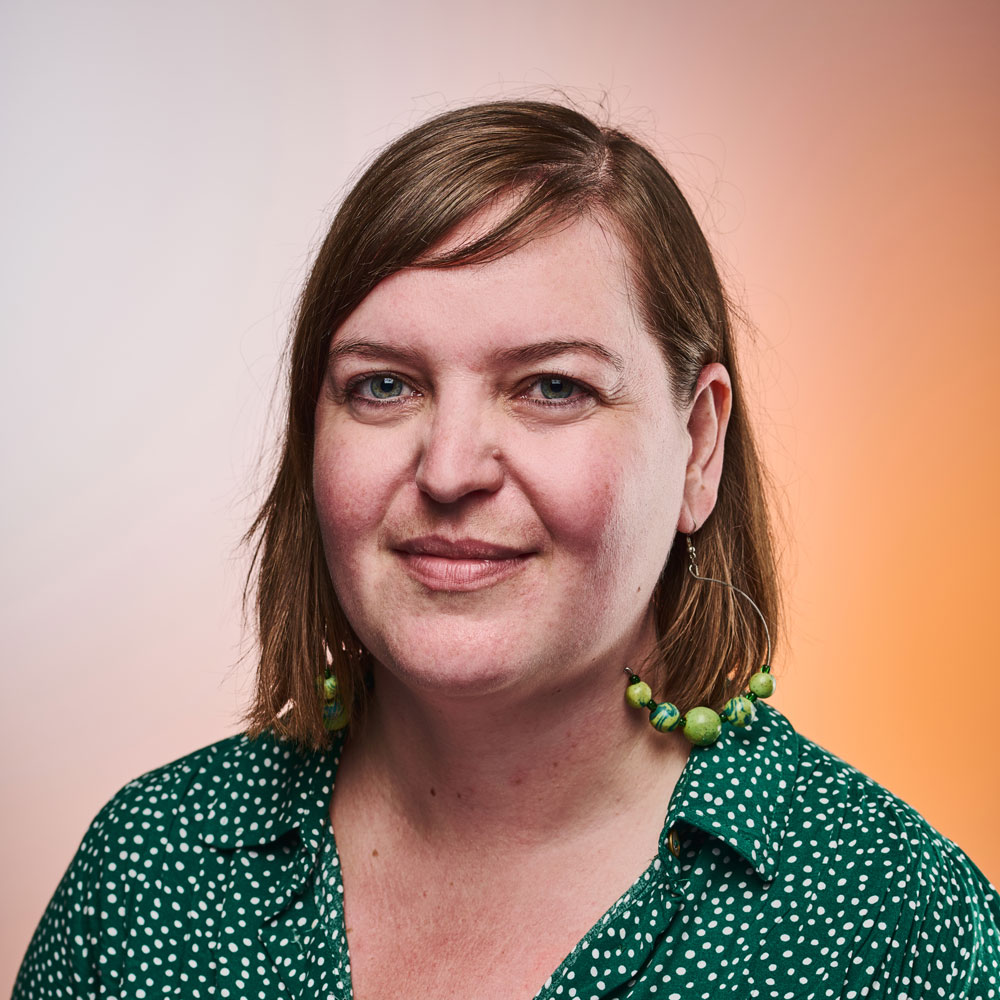Design Miami.Paris just changed my mind about art fairs
I attended this year's Design Miami.Paris, where I spoke to CEO, Jen Roberts, about what makes the event so special.

Art fairs have often seemed to me to be rather inaccessible events reserved for the wealthy, but this was based on preconceptions rather than experience.
So when Apple invited me to attend Design Miami.Paris to explore its Designers of Tomorrow initiative, I jumped at the chance.
This was my opportunity to peek behind the curtain and explore the former mansion of fashion designer and artist Karl Lagerfeld, and thanks to Apple, I got to go to the private view, before it opened to the public (22-26 October).
I spoke to Design Miami's CEO, Jen Roberts, about the fair to discover her thoughts on the accessibility of the art world, whether it's really okay to touch the artwork and the key themes for this year.
How accessible is the art world?
Just how accessible the art world is depends on which part you're talking about, says Jen. "I think that design is a little bit more democratic than some aspects of the fine art world, and some of it's just perception of it being intimidating rather than reality.
"I think if you walk around a show like Design Miami you would be pleasantly surprised at how accessible the experts are. They're really willing to share their knowledge with you. So I think that the perception and the reality don't necessarily match."
I found this to be true. The exhibitors were incredibly welcoming and knowledgable and everyone was willing to share their work and explain their processes. I came away with a handful of flyers, business cards and booklets, one of which contained a beautiful little bronze pendant.
Daily design news, reviews, how-tos and more, as picked by the editors.
Can you interact with the pieces?
"You're invited to interact with the pieces," says Jen. "There's a three dimensional aspect to it. You don't look at a chair and not sit in it. You don't not try it before you buy it. So the engagement is different.
"Of course, there's the intimidation of, ‘is it a really expensive chair? And am I going to break it?’ But I think you'll find that the galleries that are presenting their material will encourage you to look at the pieces in a different way – to handle them, and sit in them and they want to invite you to feel comfortable."
Again, I found this to be the case. It did feel a bit uncomfortable or unnatural to handle some of the pieces. But I only saw one "please don't step on this carpet" sign and there were plenty of people trying out chairs and picking up objects.
There was even a sound bath ping pong table in the garden by James de Wulf (above), where you were invited to play ping pong and every time the ball hit the table, it produced a sound. It was surprisingly therapeutic to watch.
What are the key themes this year?
Jen cited many key themes for this year's show. This included: "A little bit more of a look at later modernism and the '60s and '70s. So you'll see we have a gallery that's presenting Japanese '60s and '70s material, which is very new to this show. And then there's another gallery that's presenting a French '60s and '70s, which is fun, and we're starting to see the market creeping into the later decades, which is super exciting.
"It's really interesting who it resonates with, we’re seeing younger and younger people come to the market, which is great."
Elsewhere, she mentioned Viennese Design with the likes of Patrick Parrish Studio and Dagobert Peche of Yves Macaux being particular highlights.

My personal highlights were the work in the Apple room (above), Patrick Parrish Studio's exquisite collection of objects from Carl Auböck (above), Vikram Goyal x Sissel Tolaas x The Future Perfect's feast for the senses The Soul Garden (below) and of course that soundbath ping pong table.

Overall, I found that getting lost in Design Miami.Paris was a highly enjoyable experience. Once I left my preconceptions at the door and started to engage with the people and the artwork, I began to feel inspired and uplifted.
Design Miami.Paris is on until 26 October.

Rosie Hilder is Creative Bloq's Deputy Editor. After beginning her career in journalism in Argentina – where she worked as Deputy Editor of Time Out Buenos Aires – she moved back to the UK and joined Future Plc in 2016. Since then, she's worked as Operations Editor on magazines including Computer Arts, 3D World and Paint & Draw and Mac|Life. In 2018, she joined Creative Bloq, where she now assists with the daily management of the site, including growing the site's reach, getting involved in events, such as judging the Brand Impact Awards, and helping make sure our content serves the reader as best it can.
You must confirm your public display name before commenting
Please logout and then login again, you will then be prompted to enter your display name.
